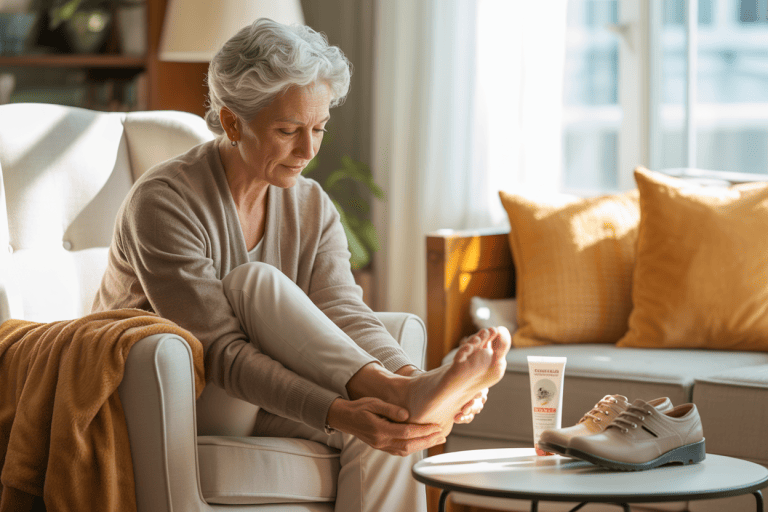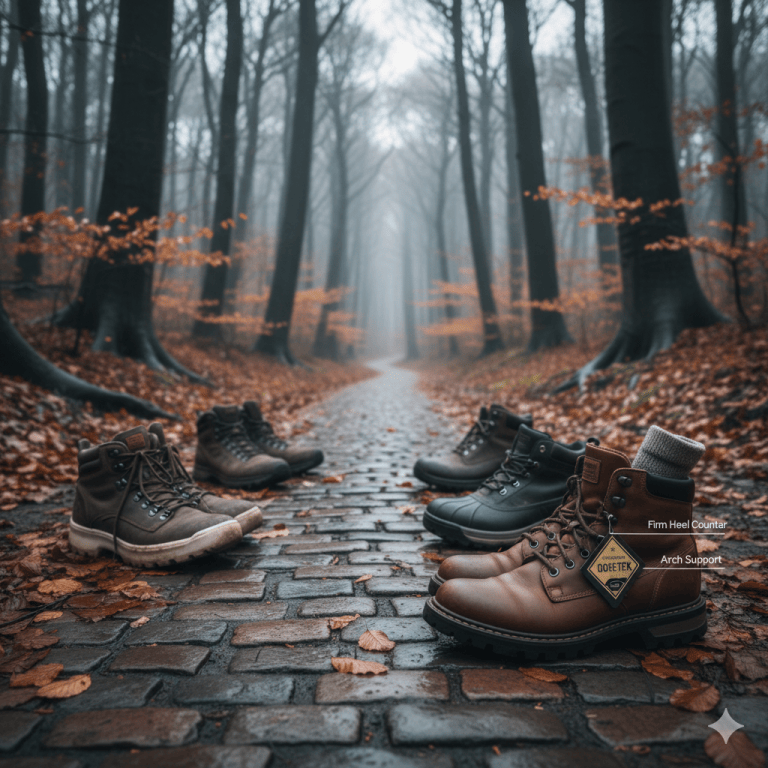As the temperature rises, so does the risk of blisters. Whether you’re walking more on holiday, wearing sandals for the first time in months, or dealing with hot, sweaty feet, summer can take a toll on your skin. At Louisa Seymour Podiatry, we often see patients struggling with painful blisters that could have been prevented with a few simple steps. Here’s how to keep your feet blister-free this summer.
Why Blisters Are More Common in Summer
Blisters form due to friction, heat, and moisture—three things your feet experience more of in warm weather. Sandals, flip-flops, and even trainers can rub against your skin, especially if you’re walking more or if your feet are sweaty. This repeated friction causes the layers of skin to separate, creating a fluid-filled bubble.
1. Choose the Right Footwear
Poorly fitted shoes are one of the main causes of summer blisters. To reduce your risk:
-
Avoid new shoes on long days out – Break them in gradually.
-
Choose breathable materials – Leather and mesh allow airflow, reducing moisture.
-
Look for a secure fit – Shoes that are too tight or too loose will rub.
-
Check for seams – Rough stitching or rigid straps can cause friction points.
If you wear sandals or flip-flops, ensure the straps don’t dig in and that your foot doesn’t slide around inside the shoe.
2. Pick the Right Socks
It might be tempting to go sockless, but socks provide an important layer of protection. In hot weather:
-
Wear moisture-wicking socks – Avoid cotton, which retains sweat.
-
Look for seamless socks – Seams can rub against toes and cause blisters.
-
Choose socks with padding – These can reduce pressure and friction in key areas.
If you’re wearing trainers for long walks or activities, well-fitted socks are just as important as the shoes themselves.
3. Reduce Friction with Preventive Products
There are several easy ways to reduce skin friction and keep feet cool and dry:
-
Apply blister prevention sticks or balms – These reduce rubbing in high-friction areas.
-
Use talcum powder or foot powder – This absorbs moisture and prevents sweating.
-
Wear blister plasters or toe protectors – Great for sensitive areas if you’re prone to rubbing.
These can be particularly useful on holidays when you may be walking more than usual or wearing different footwear.
4. Keep Feet Cool and Dry
Hot, sweaty feet are more likely to blister. Try these tips:
-
Let your feet breathe when possible – Take off your shoes and air out your feet when resting.
-
Change socks during the day – Especially if they become damp.
-
Wash and dry feet thoroughly each evening – This helps prevent infections and keeps skin in good condition.
5. Treating Blisters If They Do Appear
If you do develop a blister:
-
Keep it clean and covered – Use sterile blister plasters or dressings.
-
Don’t pop it – Unless it’s painful or likely to burst on its own.
-
Watch for signs of infection – Redness, pus, and warmth around the area mean you should seek medical advice.
Conclusion
Blisters may be a common summer nuisance, but they’re far from inevitable. With the right footwear, breathable socks, and a few preventative products, you can enjoy long walks, holidays, and summer days without the sting. If you have recurring problems with blisters or sore feet, Louisa Seymour Podiatry is here to help. Book a consultation for expert advice and treatment.







